Are we in a summer surge? What to do if you get COVID now
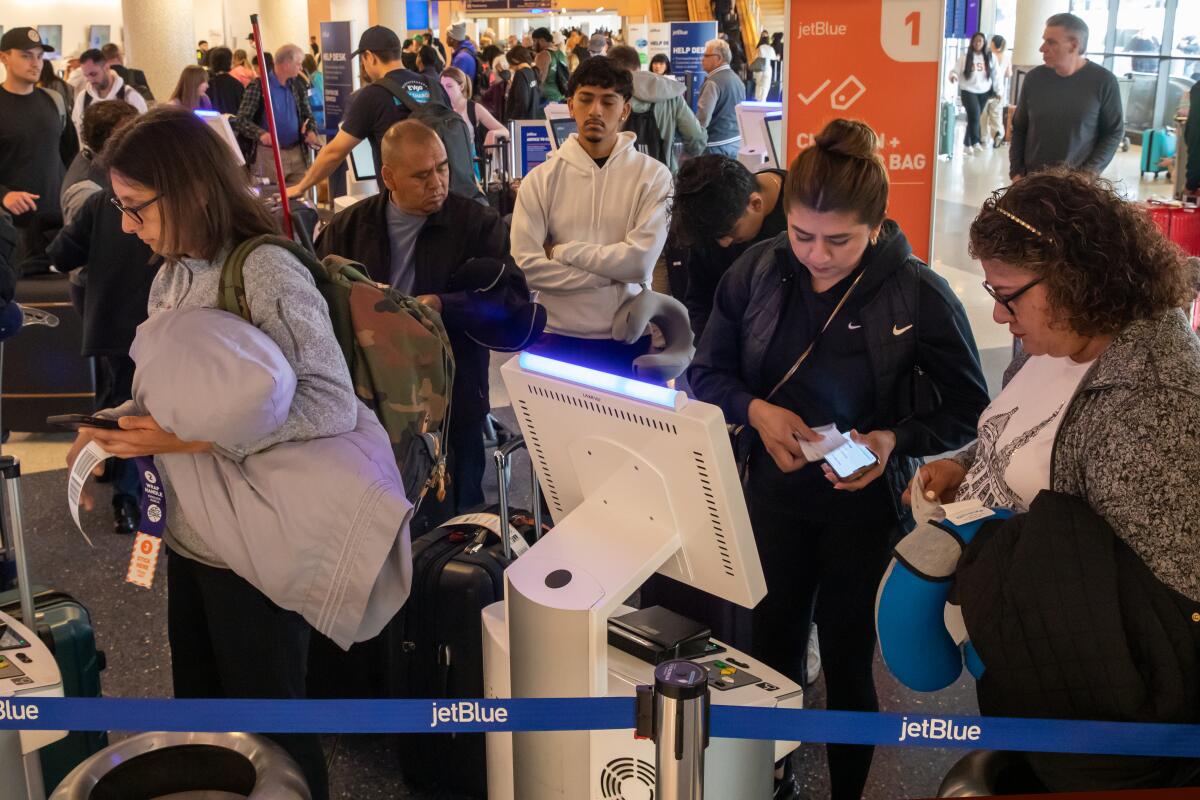
- Share via
Are we in a summer COVID surge?
It’s starting to look that way. In Los Angeles County, the test positivity rate has ticked up in recent weeks, from just under 3% in April to 6.64% on average for the past seven days, according to the county public health tracker. The CDC reports COVID-19 hospitalizations are up 10.3% nationwide in the past week, though the California Department of Public Health says they are down 10.3% over the past 14 days in L.A. County. Wastewater data for L.A. County indicate SARS-CoV-2 prevalence is up by about 50% from a low in late May, though still significantly below where it was in the first quarter of 2023.
Overall levels of COVID-19 are still low compared with the pre-vaccine phase of the pandemic and the heights of the Delta and Omicron surges. Deaths have continued to trend downward, both in L.A. County and nationwide. Every indicator — cases, test positivity, hospitalizations and deaths — plummeted through the spring. But any rise is cause for concern, especially since repeat COVID infections increase the risk of developing chronic health conditions like diabetes, kidney disease and organ failure. Every time you get COVID, your risk of death increases.
We have seen “summer surges” every year since the start of the pandemic. As in past years, summer travel is a likely contributing factor. And in the “post-emergency” pandemic phase, masking and vaccination requirements are all but nonexistent.
One way to reduce your chances of catching COVID this summer: Get up to date on your booster shots. More than three-fourths of eligible people have been vaccinated in L.A. County, but scarcely 1 in 4 have an updated booster shot. Schedule one today at your pharmacy or doctor’s office. Also, consider masking when you’re around people. (Yes, they’re more effective when everyone wears one, but it still reduces your risk of infection.) Wear a tight-fitting N-95 mask in crowded airports, movie theaters, concert venues and on buses, trains and convention floors. Finally, wash your hands.
If you’ve recently tested positive for COVID-19, you probably have questions. How long should you stay isolated? Do you need to get Paxlovid — and how do you get it? How do you reduce your risk of long COVID? And how long are you immune after you recover?
Here’s the latest COVID guidance.
Summer has brought an uptick in coronavirus transmission, but experts say it is still too early to tell whether this represents a significant health concern.
How long does it take to develop COVID symptoms after being exposed?
If you’ve been exposed to COVID-19, symptoms can show up anywhere from two to 14 days later, according to a 2020 survey of reported cases. The median length of time between exposure and infection was five days; most infected people began showing symptoms three to six days after exposure.
Back in 2020, one hallmark of COVID was a sudden loss of taste and smell. But that’s no longer the case. Now, any respiratory symptoms can indicate COVID: sniffles, fatigue, cough, sore throat, fever, stuffy nose, and muscle aches. In more severe cases, shortness of breath, racing heart, nausea, vomiting and diarrhea could also be symptoms. XBB 1.16, the dominant Omicron subvariant dubbed Arcturus, has been manifesting as pinkeye.
“Anything going on in your head, nose or throat, you should absolutely suspect COVID,” said Paula Cannon, a professor of virology at USC’s Keck School of Medicine. If you’re feeling any sort of cold-like “yuck,” you should take a home test. (And yes, there are still ways to get them for free.)
When should you take a COVID test?
If you’ve done anything that could have exposed you to COVID — traveling without a mask, attending an indoor concert or movie or convention — it’s a good idea to take a home test after a few days even if you don’t have any symptoms. If it’s positive, you don’t need to follow up with a PCR test.
You aren’t required to report your result to the county, though you may want to let your healthcare provider know.
Unsolicited COVID-19 tests are being sent to people with Medicare as part of a national scam. What should you do next and what resources are available?
What are the current COVID isolation guidelines?
The most recent recommendation from the U.S. Centers for Disease Control and Prevention is to isolate for five full days after the onset of symptoms. That means the first day you start to feel sick is Day Zero and your five-day countdown starts the next day. If you tested positive but are asymptomatic, isolate for five full days after the positive test.
Those first five days represent the period during which you are the most infectious. But that’s the minimum, not the maximum. Getting to Day 6 doesn’t mean you can abandon all precautions. That’s the first day you can evaluate how you’re feeling to determine if you need to continue isolating: Are your symptoms improving? Have you been fever-free for at least 24 hours without using an over-the-counter fever-reducing medicine (acetaminophen or ibuprofen)?
If you are feeling better and are fever-free without medication, you can end your isolation. If not, you need to continue, for up to 10 days.
While you are isolating, you should stay home and limit contact with anyone who’s not infected, both inside your home and out. If you need to leave your house for a necessary reason — for instance, to pick up a medication or grocery delivery from your lobby — wear a tight-fitting N95 mask.
New study suggests that people with a specific version of a particular gene who got COVID were far more likely to experience an asymptomatic infection.
How long do COVID symptoms last?
The length of your symptoms will depend on a lot of factors, including whether you’re up to date on your vaccinations and boosters and whether you take Paxlovid (more on that in a moment). Some people will feel better after a few days, and some people will still have symptoms after 10 days, possibly even weeks later.
Beyond taking Paxlovid, there isn’t much you can actively do to make COVID symptoms go away. Do what you’d normally do when you’re sick: rest, drink lots of fluids, eat healthy meals, take acetaminophen to control aches and fever. In other words, take good care of yourself.
If you start to experience severe symptoms, even if you’re fully vaccinated and boosted, you should go to the hospital. Those include having a hard time breathing or catching your breath, extreme fatigue, chest pressure or pain, confusion, trouble waking up or staying awake, and bluish or pale gray lips or nails.
U.S. intelligence agencies weren’t able to determine whether researchers in Wuhan, China, who fell sick in the fall of 2019 had COVID-19, according to a declassified report.
Who should take Paxlovid, and how do you get it?
Paxlovid is an antiviral treatment for COVID-19. There is a broad evidence-based scientific consensus that using it reduces the risk of being hospitalized or dying. Paxlovid may also reduce the chance of developing long COVID in some patients.
Paxlovid is a five-day course of medication taken twice daily. Treatment has to begin within five days of developing COVID symptoms. Paxlovid may have negative interactions with certain prescription drugs, including statins and some heart and blood pressure medications.
Right now, Paxlovid is prescribed in the U.S. to people who have certain risk factors. It’s a wide range of conditions and behaviors, including being older than 50, being unvaccinated or not up to date on your booster shots, and health conditions including diabetes, heart conditions, a body mass index classified as overweight or obese, pregnancy or recent pregnancy, smoking, asthma, physical inactivity, and mental health conditions including depression.
Beyond the listed eligibility conditions for Paxlovid, FDA guidance says your risk level can be a judgment call by your doctor.
Even for young healthy people, Cannon said, “if you don’t feel good, if you believe that you respond badly to respiratory infections,” it’s worth talking to a medical professional about Paxlovid. Reach out to your general physician, or consider using a telehealth “doc in a box” app for a virtual visit.
What about ‘Paxlovid mouth’ or ‘Paxlovid rebound’?
Some people who take Paxlovid report noticing an unpleasant metallic taste in their mouths, known as “Paxlovid mouth.” It typically goes away once you’re done using the medication.
What some people have called a “Paxlovid rebound” — in which they have COVID, take Paxlovid, test negative, then test positive again days or weeks later — is really a COVID rebound, Cannon said. The treatment is effective enough that you reduce your viral load to the point where an infection doesn’t show up on a test; then after treatment ends, your viral load increases again. That doesn’t mean Paxlovid didn’t work; your body just hasn’t finished fighting off the infection yet.
In order to move through a world where the coronavirus is endemic, we need a reliable way to assess our individual level of immunity. Here’s how we can.
How long are you contagious with COVID?
Right now, evidence suggests you are definitely contagious for those first five days after you start to develop symptoms or get a positive test result. In those first five days, it’s important to stay home and isolate as much as possible.
Beyond that, you should assume you are still infectious as long as you are getting a positive result on a home test.
If you’ve reached the five-day threshold and you’re feeling better and are fever-free without medication, it’s generally considered safe for you to go out. You are still theoretically infectious up to Day 10, though much less so, so you should exercise caution around people who could become severely ill with COVID.
“If you’re going around someone who is immunocompromised, if you’re going to go see Grandma, I would still not do that within 10 days” of a positive test, said Georges Benjamin, the executive director of the American Public Health Assn.
How long are you immune after having COVID?
Unfortunately, we don’t know. Muntu Davis, health officer for the L.A. County Department of Public Health, said the guidance used to be that you were considered immune and shouldn’t have to test again within 90 days after you had an infection; now it’s 30 days. But that’s just a guideline, not a definitive scientific consensus.
A widely reported meta-analysis published in the Lancet showed many people have antibodies in their blood 10 months after an infection. But the presence of antibodies doesn’t mean you can’t develop a symptomatic infection — it just means your odds are lower. And reinfection protection was shown to be “substantially lower” for Omicron variants, which have been the dominant strains in the United States for over a year.
A CDC study of seroprevalence — the presence of antibodies in people’s blood — showed that as of May 2022, almost 95% of Americans tested had either had COVID, gotten vaccinated for COVID or both. At this point, it’s unlikely we will ever reach a point where herd immunity will wipe out COVID entirely. Some scientists are working on tests that look at T-cell immunity, instead of antibody levels, to assess whether someone is immune. For now, it’s impossible to say how long you can stop worrying about getting COVID after recovering from it.
Three years and $62,000 in medical expenses later, a musician and her caregiving partner struggle to navigate the financial, mental and physical challenges of long COVID.
Is there any way to avoid or prevent long COVID?
The scientific world is still in the early stages of determining what constitutes long COVID, who’s most at risk, and which possible preventive measures are most effective.
A study recently published in JAMA Internal Medicine suggested an overall healthy lifestyle — adequate nutrition and sleep, regular exercise, moderate alcohol consumption — could lower women’s risk of developing long COVID. Another study, published in Cell, identified four risk factors for long COVID, including Type 2 diabetes.
The primary way to avoid long COVID is to not catch COVID in the first place. Boosters and masks are still valuable tools for anyone looking to reduce their risk this summer.
About The Times Utility Journalism Team
This article is from The Times’ Utility Journalism Team. Our mission is to be essential to the lives of Southern Californians by publishing information that solves problems, answers questions and helps with decision making. We serve audiences in and around Los Angeles — including current Times subscribers and diverse communities that haven’t historically had their needs met by our coverage.
How can we be useful to you and your community? Email utility (at) latimes.com or one of our journalists: Jon Healey, Ada Tseng, Jessica Roy and Karen Garcia.

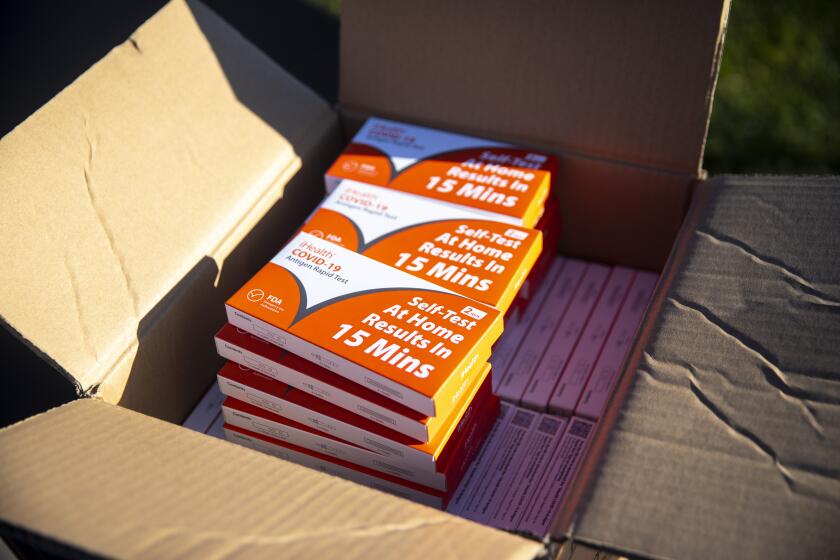
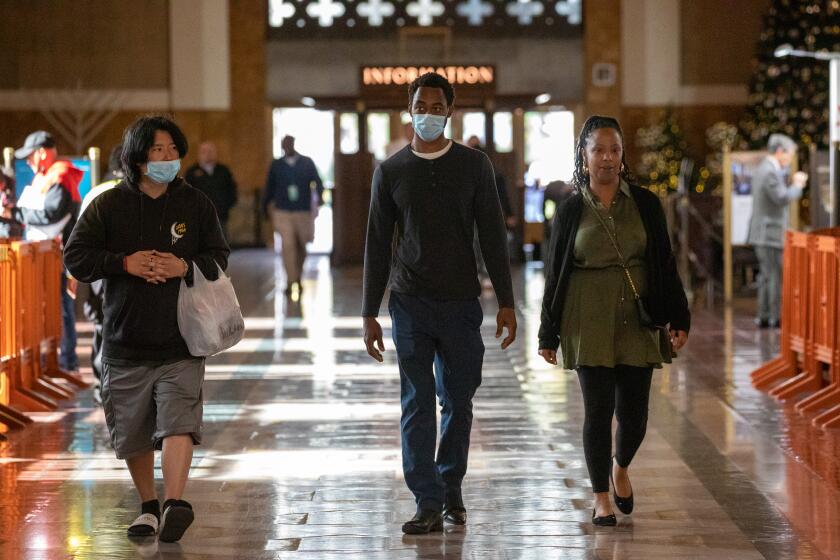
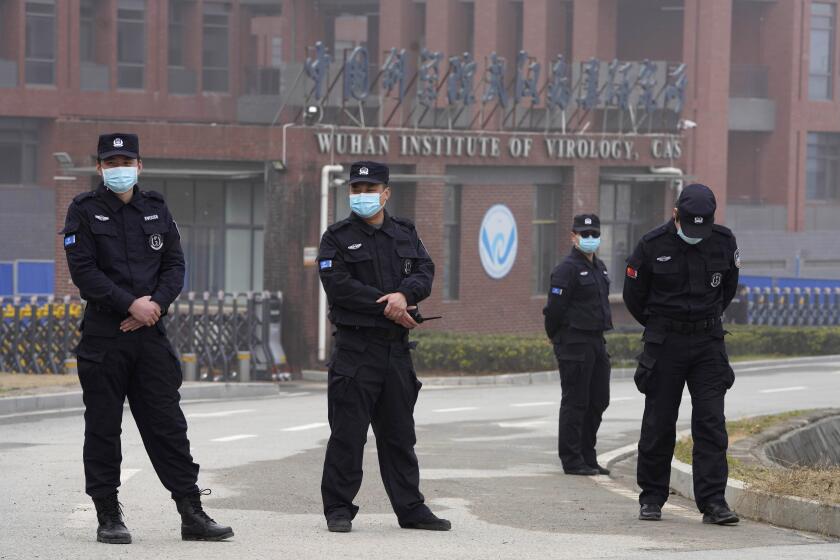

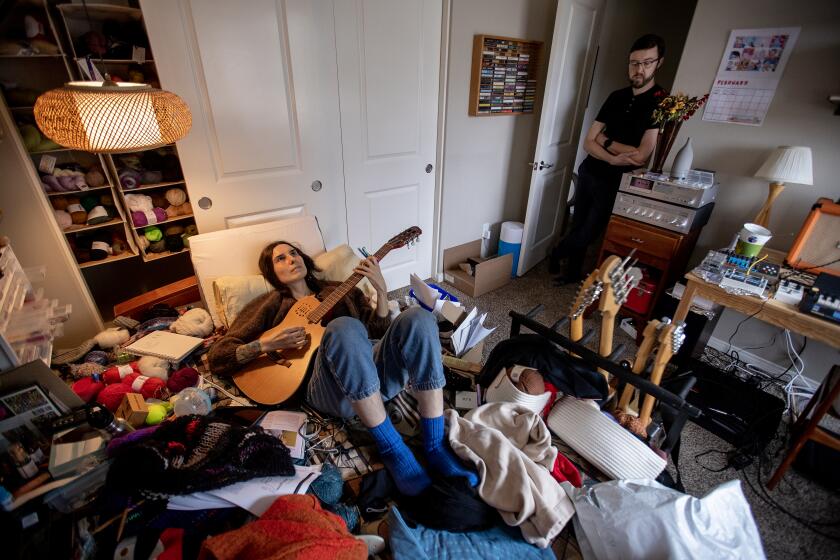


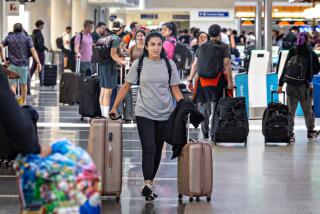


![Vista, California-Apri 2, 2025-Hours after undergoing dental surgery a 9-year-old girl was found unresponsive in her home, officials are investigating what caused her death. On March 18, Silvanna Moreno was placed under anesthesia for a dental surgery at Dreamtime Dentistry, a dental facility that "strive[s] to be the premier office for sedation dentistry in Vitsa, CA. (Google Maps)](https://ca-times.brightspotcdn.com/dims4/default/07a58b2/2147483647/strip/true/crop/2016x1344+29+0/resize/840x560!/quality/75/?url=https%3A%2F%2Fcalifornia-times-brightspot.s3.amazonaws.com%2F78%2Ffd%2F9bbf9b62489fa209f9c67df2e472%2Fla-me-dreamtime-dentist-01.jpg)

